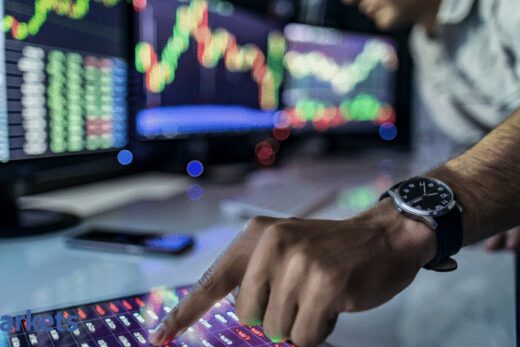We are going through an interesting phase in the FMCG sector. One side is volume growth which is pretty impressive actually and on the other side is raw material pressure. Where is it going?
Logically both volume growth and margin growth will not sustain. One of them will have to give way to the other. Over the past two decades, this growth margin axis has been playing out in FMCG companies and I can see them sacrificing margins for growth in the current scenario.
There are several reasons for that but I feel that once we discount the post Covid upsurge in consumption, they will have to find ways of sustaining the volume growth. So, I feel pricing by consumer companies may be more benign. Companies will give more trade push just to sustain the volumes. Inflation is a serious concern but at the same time, the Covid period has also given FMCG companies a strong base through several cost cutting measures. The rationalisation of the advertising and sales promotion expenditure may have given them quite a few dips to play within the margin space.
Overall, companies will let margins yield to growth and the phenomenon of both growing is not likely to sustain.
Asian Paints is growing, Dabur is growing, Emami is growing and Jubilant Pizza is also growing, where do you think the post Covid normalisation will be the highest?
The laggards will emerge from the lower parts of the national hierarchy on basic needs. During Covid, food and safety products got a big boost because of the prevailing situation. It is very natural that growth in these areas will peter out. People will go back to discretionary consumption.
When it comes to revenge consumption, we have to also keep in mind that we may have successive Covid waves and the situation will continue to be uncertain. So revenge consumption may or may not play out in one burst. It may have its ups and downs.
Secondly, the whole discussion that we are having may be missing out the consumer income side. When it comes to volume growth, a lot depends on not only the current levels of consumer income but it is also spread across demographics and most importantly the expectations of future income.
Successive waves of Covid also bring in higher degrees of uncertainty about whether we will continue to get the same level of income next year. So, there is still some uncertainty about how the future growth will pan out. But it is very clear that foods will plateau out, other things such as safety and hygiene which received such a boost Covid will definitely peter out.
Companies like
, for example, have already announced that they may even discontinue the hygiene portfolio that they had built. A lot of new players had jumped into this space and that will certainly peter out. In terms of long-term consumption, it may not be FMCG but other larger consumption items like durables etc that could come back to some extent but not because future incomes are still uncertain.
Where do you feel the headwinds will continue to come from?
Inflation is a major headwind and at the macro level, there is a huge surge in inflation the world over. The Bloomberg commodity index for example has gone up 67% as compared to 2020 lows and more importantly, this is only the fourth occasion in the past 100 years when the world-wide commodity inflation was so high. So consumer companies will face that headwind very strongly. FMCG companies will have to manage commodity costs much better. Commodity cycles play differently for different companies and so it is not one size fit all.
The other headwind I see is the crude oil prices which go up. FMCG companies are not directly dependent on crude oil but they do use a lot of plastic packaging. It forms anywhere between 8% and 13% of costs. Crude oil prices affect plastic pricing and so the impact on packaging material impact is significant.
In terms of overheads, there may be a general inflation in the country and that is not such a big factor. On the positive side, companies have saved a lot of cost at the structural level during Covid and also realised that not all of their advertising and sales promotion is worth the money that they spend and. Therefore there is a cost rationalisation over there. So, these are the headwinds and tailwinds which FMCG companies will face.
At the sectoral level, I see another phenomenon playing out which is that the sector will recover in a K-recovery format. The better players in the industry will give more and the relatively not so nimble and not so agile players will keep suffering. I personally feel that a pandemic like this always makes the rich, richer and the poor, poorer. Therefore the classical middle income group may have an upheaval and companies may have to think of having on one side more discretionary products at the higher end of the spectrum and at the same time have more value for money products for the lower end of the spectrum. Overall, ut it looks good for FMCG companies looking at our demographic and income levels.



